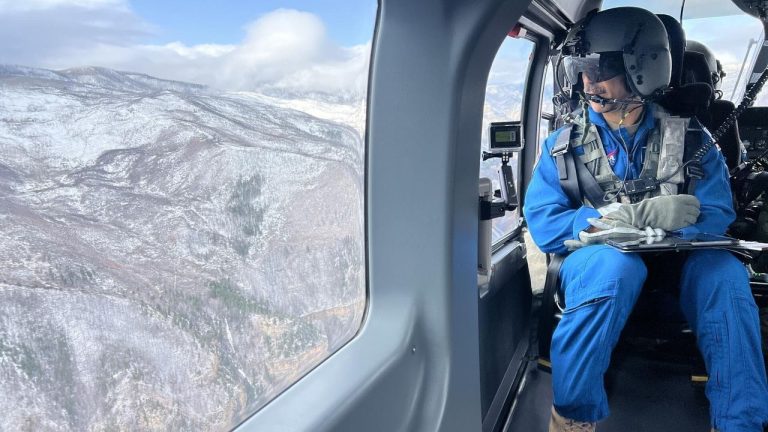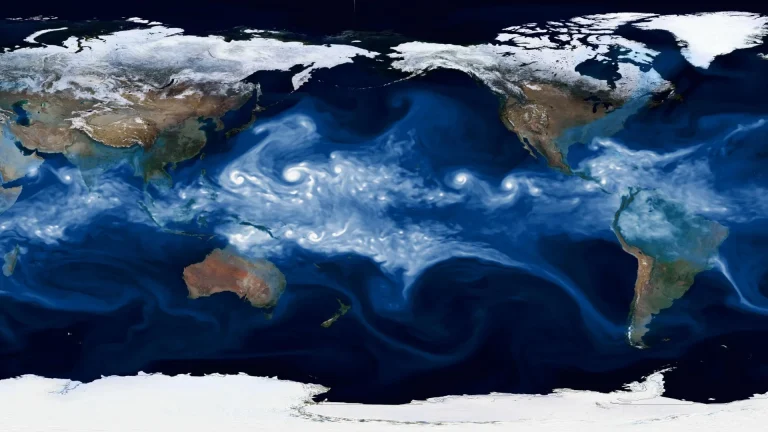33 hungry SpaceX Raptors from below | Space photo of the day for Sept. 1, 2025

The view underneath SpaceX’s Starship spacecraft shows the Super Heavy booster’s complex array of 33 Raptor engines.
Explore groundbreaking discoveries and research across physics, biology, chemistry, and more. Science on CurioAtlas makes complex ideas accessible and sparks curiosity about the world around us.

The view underneath SpaceX’s Starship spacecraft shows the Super Heavy booster’s complex array of 33 Raptor engines.

The Potensic Atom 2 is an upgrade on its successful predecessor and now you can get the lowest-ever price on a useful bundle when you get it on Amazon.

Titan Books’ hardcover cartoon collection makes you see militant Klingons in a whole new light.

The Turkish hammām is far more than a place for physical cleansing—it is a deeply rooted institution in the public and religious life of Muslim societies.

In a new paper, published in Nature Human Behaviour, scientists from DTU (the Technical University of Denmark) examine how geography shapes human mobility and propose a way to separate physical constraints from behavioral patterns. A result that may improve urban…

NASA is using Colorado’s rugged peaks to rehearse the risky final moments of future Artemis lunar landings.

A recent report on “The Future of Jobs” by the World Economic Forum found that while analytical thinking is still the most coveted skill among employers, several emotional intelligence skills (i.e., motivation, self-awareness, empathy, and active listening) rank among the…

The writing has been on the wall for years that the UK Space Agency would be scrapped, but will its end after a mere 15 years in existence undermine Britain’s space ambitions?

A new study projects that the Atlantic Meridional Overturning Circulation (AMOC)—the system of currents that includes the Gulf Stream—could shut down after 2100 under high-emission scenarios. This shutdown would drastically reduce heat transport northward, leaving Europe vulnerable to extreme winters,…

Throughout human history, there have been many instances where two populations came into contact—especially in the past few thousand years because of large-scale migrations as a consequence of conquests, colonialization, and, more recently, globalization. During these encounters, not only did…